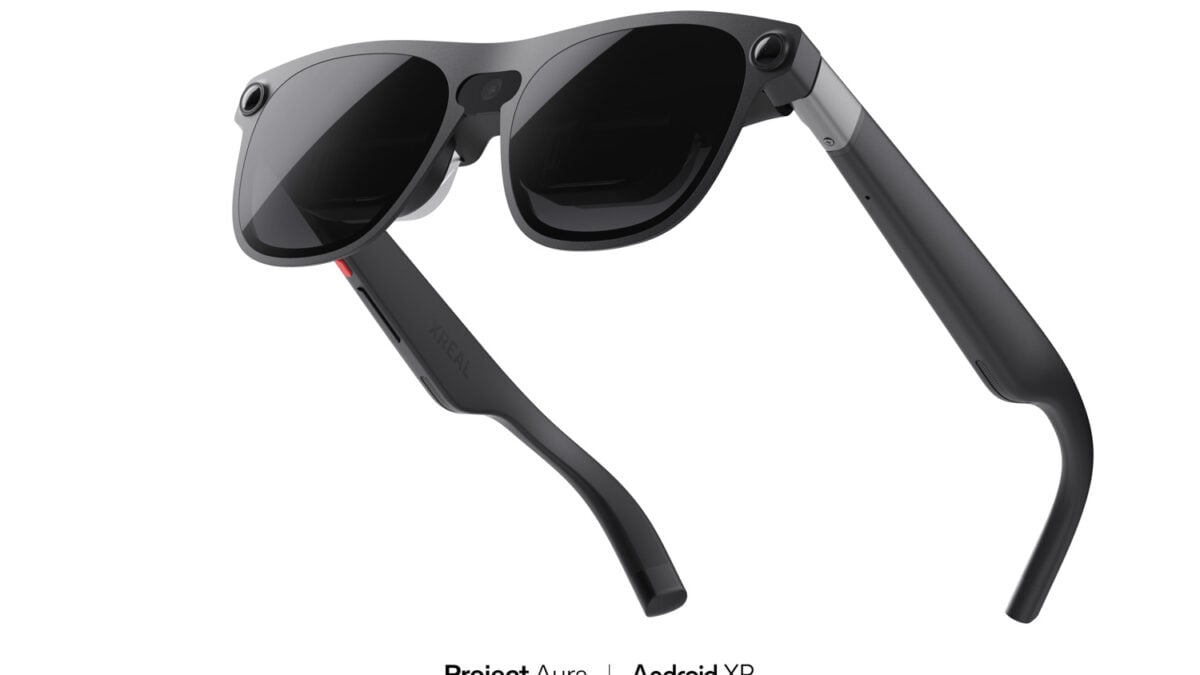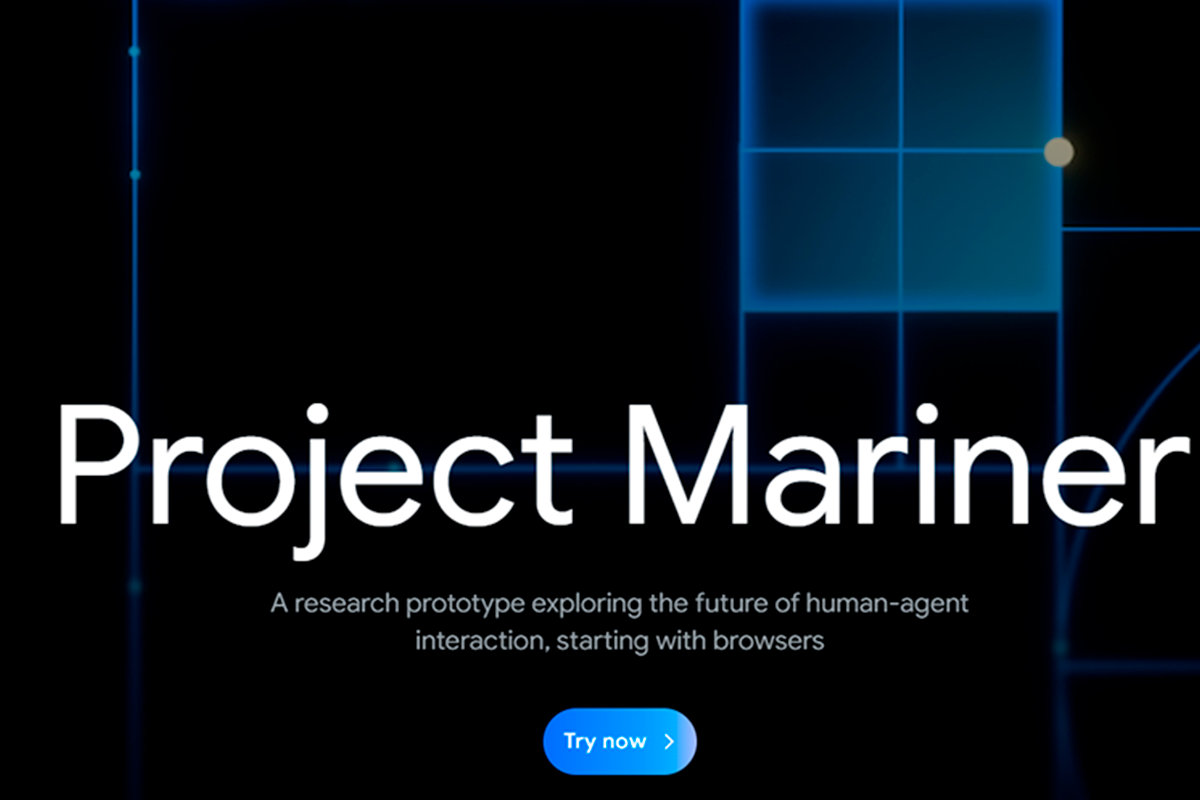- Xreal presents Project Aura, its new augmented reality glasses with Android XR in collaboration with Google.
- They'll need an external "puck"-shaped device with a Qualcomm Snapdragon processor, as current mobile phones aren't sufficient.
- 70-degree field of view thanks to flat prism lenses and an improved X1S chip in the glasses.
- Planned for launch in 2026, with no confirmed price yet, and with advanced tracking capabilities and applications for the XR environment.

The collaboration between Xreal and Google is generating quite a bit of buzz in the tech sector with the Project Aura presentation, nails New augmented reality glasses that are positioned as one of the most advanced releases with Android XR to dateThis project, unveiled at key events such as the Google I/O 2025 and the Augmented World Expo in California, represents a significant leap in the integration of hardware and software for XR experiences.
In recent days, some key technical details have been confirmed that outline What Xreal's first Android XR device will look like in collaboration with Google. It is expected to far exceed the brand's previous models, both in performance and immersion capacity, although will not be available until, as soon as possible, 2026.
External processing: a paradigm shift

One of the most novel aspects of Project Aura is the need for a "puck" or external device connected by cable, which will handle all the processing power. This solution was chosen because, according to Xreal, Current mobile phones are not capable of managing the charge computational power required for 3D functions and artificial intelligence that are expected in the deviceThis model follows the path of other projects such as Android XR and other similar proposals which also use dedicated processors outside the main chassis of the glasses.
Within this external processor, Xreal will integrate a Qualcomm Snapdragon chip, although the specific version has not yet been specified — it could be similar to the XR2 Plus Gen 2 found in other recent XR devices. For its part, The glasses themselves will incorporate a custom X1S chip, a refined version of the X1 in the Xreal One range, designed to improve graphics and spatial performance.
Innovations in design and field of view

One of the biggest attractions of these new glasses is the campo de visión de 70 grados, far superior to previous models like the Xreal One Pro (57º). To achieve this, Xreal will rely on flat prism lenses, which in addition to reducing the overall size, will allow for a greater sense of immersive screen and fewer restrictions on peripheral vision. This feature brings the user experience closer to that of virtual reality devices., although the format remains that of compact and lightweight glasses.
El diseño será modular and compact, with the main limitation of depending on a wired connection to the processing device. This puck can be carried in your pocket and easily disconnected. to store both components separately, although it limits overall mobility and is not as discreet as other models of wireless smart glasses.
Features, price, availability and comparison with other models
Xreal has confirmed the presence of front sensors for hand and gesture tracking, facilitating control in XR and MR (mixed reality) experiences. In addition, cameras will be integrated and the possibility of working with artificial intelligence both nivel local like in the cloud, based on Android XR and closely linked to Gemini, Google's AI.
Project Aura is designed to work with a wide range of applications, Many of them are already present in other XR projects such as Samsung's. It is expected that it will be possible to interact with 3D maps, smart browsers and contextual assistants, in addition to the use of gestures to control the interface.While real-world range and other practical details are still lacking, the addition of advanced processors and new sensors could make a difference in everyday use.
Regarding the launch, Xreal has confirmed that Project Aura It won't hit stores before 2026., although no exact date has been set nor is the final price known. Everything points to it being a high-end product, presumably costing over €1.000, which puts it further away from the general public and closer to the professional or enthusiast segment. You can check out the forecasts for the Snap Specs launch in 2026.
Compared to other models, such as the Meta or Snap glasses, Project Aura takes a more comprehensive approach focused on advanced use, although with the obvious limitation of a wired connection and a slightly larger size due to the external processor. Also explore the Meta Quest and its impact on the XR sector.
I am a technology enthusiast who has turned his "geek" interests into a profession. I have spent more than 10 years of my life using cutting-edge technology and tinkering with all kinds of programs out of pure curiosity. Now I have specialized in computer technology and video games. This is because for more than 5 years I have been writing for various websites on technology and video games, creating articles that seek to give you the information you need in a language that is understandable to everyone.
If you have any questions, my knowledge ranges from everything related to the Windows operating system as well as Android for mobile phones. And my commitment is to you, I am always willing to spend a few minutes and help you resolve any questions you may have in this internet world.
